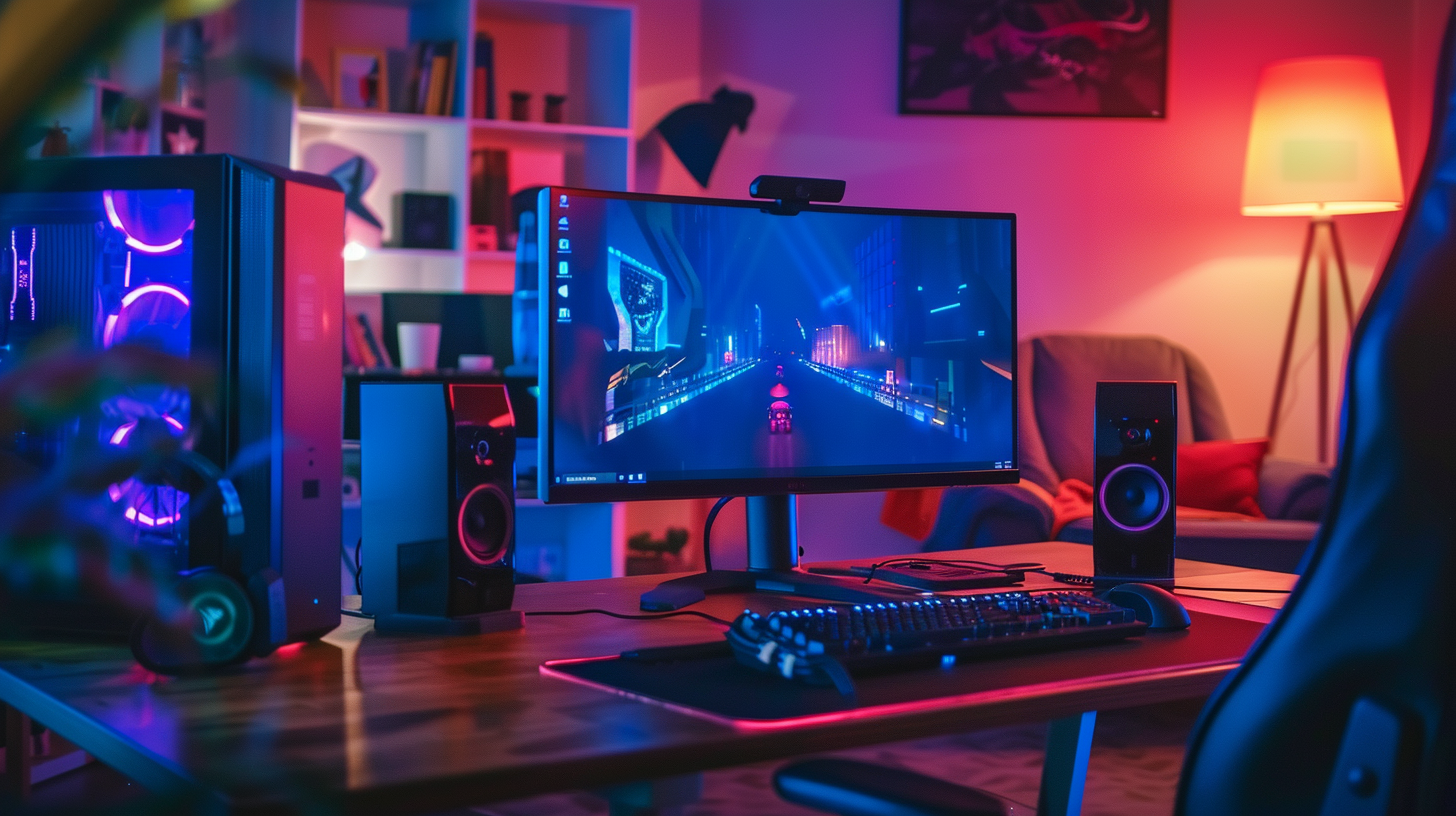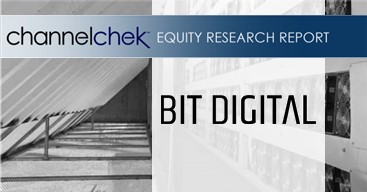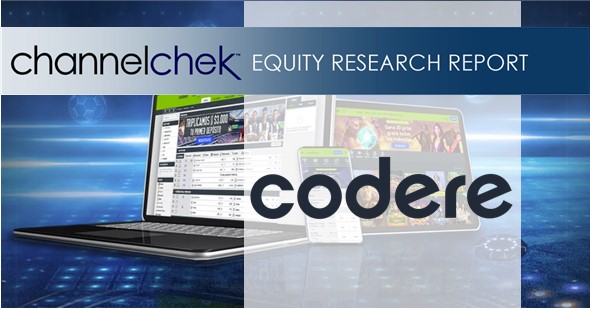Logistics may be one of the most complex and fragmented industries, but San Francisco–based startup Augment is betting its AI teammate can streamline it. The company announced an $85 million Series A funding round this week, led by Redpoint Ventures with participation from 8VC, Shopify Ventures, Autotech Ventures, and others. The raise brings Augment’s total funding to $110 million, remarkable for a company that only came out of stealth five months ago.
At the heart of Augment’s pitch is Augie, its AI productivity platform designed to automate logistics workflows from start to finish. Unlike the patchwork of point solutions that often leave gaps, Augie takes end-to-end ownership of shipments—covering everything from front-office quoting and dispatch to back-office billing and compliance. The platform integrates directly with transportation management systems, shipper portals, and load boards while communicating seamlessly across channels, aiming to reduce the friction that bogs down brokers, shippers, and carriers.
The results so far are drawing attention. Customers report significant productivity gains, with some brokerage reps doubling or even tripling the number of loads managed daily without adding headcount. Shippers are seeing faster billing cycles and tighter adherence to service level agreements, while carriers benefit from quicker payments and fewer service calls. Augment claims Augie has already reduced invoice delays by 40%, shortened billing timelines by as much as eight days, improved gross margins by up to five percent per load, and boosted operational productivity by 30–50%.
That level of impact is what convinced investors to back such a large round so quickly. Co-founder and CEO Harish Abbott said the funds will be used to hire more than 50 engineers and expand its go-to-market teams by year-end, with deeper hiring in 2026. “Logistics runs on millions of decisions under pressure,” Abbott said. “Augie doesn’t just assist—it takes ownership.” His vision is for AI agents like Augie to become standard within 12 to 18 months, handling the majority of repetitive logistics workflows.
For co-founder Justin Hall, the mission is personal. After years in brokerages and fleets, he saw firsthand the waste created by siloed tools and manual processes. “The industry tried hundreds of point solutions that created new problems,” Hall said. “We built Augie as an AI teammate that keeps context and delivers efficiency, stronger margins, and easier work.”
Customers like Armstrong Transport Group, a $1.3 billion brokerage, are already seeing tangible results. Representatives there have gone from managing 10 loads a day to 20 or 30, while morale and customer service scores have improved. “If it gets sent to Augie, it gets done,” said William McManus, an operations specialist at Armstrong.
As freight networks grow more complex, Augment is investing not just in scaling Augie’s coverage but also in building a logistics-native knowledge hub that provides pricing, compliance, and service intelligence across modes. With over $35 billion in freight already managed through its platform, Augment is positioning itself as more than a tool—it wants to be the digital teammate behind the next era of logistics.












